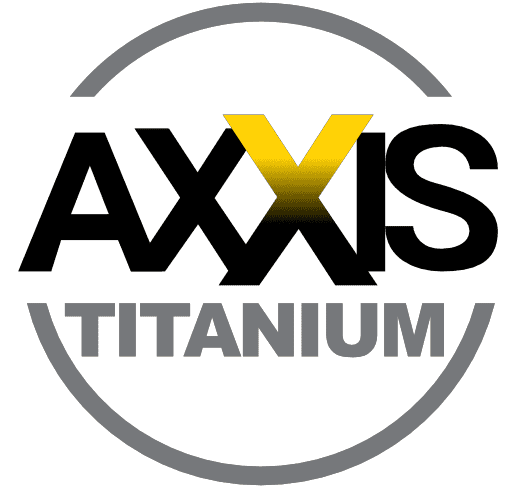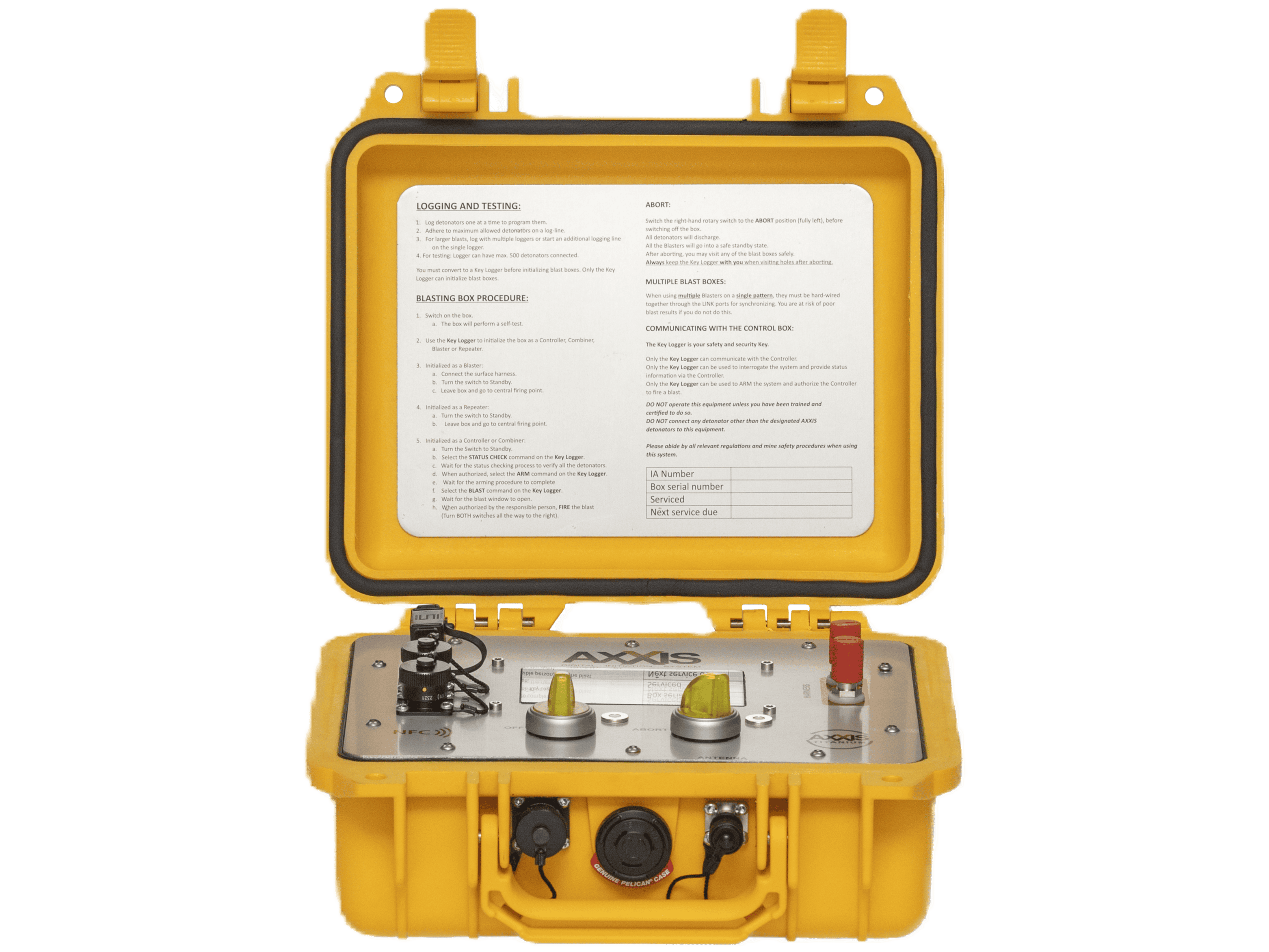
The AXXIS Titanium electronic initiation system is designed for use in most general and specialized mining, quarrying, and construction blasting applications on the surface or underground.
The AXXIS Titanium electronic initiation system passes ARP 1717-1: The South African National Standard for the design and approval of EDD initiation systems for mining and civil applications.
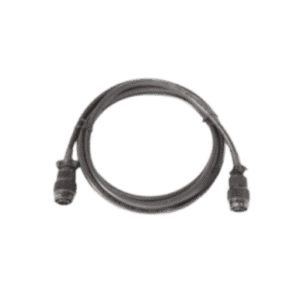 | 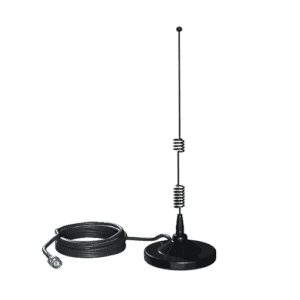 | 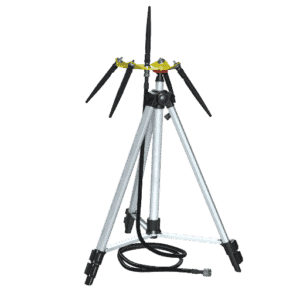 |
| Blaster Box Link Set Cable | AXXIS Short Range Antenna | AXXIS Long Range ET Plate Antenna |
Blasting Boxes
All AXXIS Titanium Blasting Boxes are the same. Each AXXIS Titanium Blasting Box is configurable to a Blaster Box or a Controller Box to accomplish its required function. Blasting Box operation is simple, with double rotary switches for switching a box on, placing it in standby mode, and opening communications channels to fire the blast.
Wireless communications are achieved through three selectable open-band frequency channels. Other frequency channels can be configured based on the country requirements.
Blaster Box
AXXIS Titanium Blasting Boxes configured as Blaster Boxes are placed at each blast site and connected to the surface wire harness.
No power is supplied to the detonators until system arming from the Controller Box at blasting time.
Each Blaster Box can fire up to 1000 detonators. In large single blasts where more than one Blaster Box is needed, the Blaster Boxes are hard-wired together using AXXIS link sets. Up to 20 Blasting Boxes may be linked together for a total combined firing capability of 20 000 detonators in a single blast.
Final testing of the AXXIS Titanium Electronic Delay Detonators and the harness lines is performed using the AXXIS Titanium Logger before the harness line is connected to the Blaster Box. After the AXXIS Titanium detonators and the harness lines have cleared testing by the AXXIS Titanium Logger, the harness line is connected to the AXXIS Titanium Blaster Box.
The AXXIS Titanium Blaster Box is switched on and the unit performs a self-test. Once the self-test is completed the AXXIS Titanium Blasting Box is switched into stand-by mode to open the communications channel – the detonators remain unpowered in stand-by mode.
Controller Box
Only one Blasting Box may be configured as a Controller Box per blast. The Controller Box requires the presence of a Key Logger to authorise arming and firing of the system.
On arming of the system with the Controller Box, each Blaster Box then powers up its detonators, and testing routines automatically start and continue until firing time. Detonators respond by exception, allowing a quick testing time and immediate warnings to the operator through the color screen on the Controller Box and the Key Logger.
Combiner Box
A Blasting Box may be configured as a Combiner Box. The Combiner Box configuration is useful in quarry and construction blasting where the harness line-in line from the blast can be directly connected (hard-wired) into the Combiner Box at the safe firing point.
The Blasting-Controller Combiner Box requires the presence of a Key Logger to authorise arming and firing of the system. On arming of the system with the Blaster-Controller Combiner Box, the detonators are powered up, and testing routines automatically start and continue until firing time.
Detonators respond by exception, allowing a quick testing time and immediate warnings to the operator through the color screen on the Blaser-Controller Combiner Box and the Key Logger.
Antennas
Two types of AXXIS Titanium system specific antennas are available. The short-range antenna can be used for line-of-sight distances up to 1200 m.
Depending on frequency allocation, the long- range ET Plate antenna can be used for line-of-sight distances between 1500 m and 5000 m.
| Blasting Box Housing | Hard yellow plastic |
| User Interface | Colour LCD with variable intensity and contrast setting |
| Screen Resolution | 2000 x 1500 pixels |
| Battery | 24-volt rechargeable Lithium-ion |
| Battery Capacity | 12000 mAh |
| Battery life dependent on the number of detonators in each blast | |
| Batteries are not user replaceable | |
| Blasting Box Mass | 3.9 kg |
| Maximum Detonators per Logger | 500 detonators per file |
| 3000 detonators per shared Logger | |
| Maximum Detonators per Blasting Box in Blaster Box mode | 1000 Detonators |
| Maximum Blaster Boxes per Controller Box | 20 Blaster Boxes |
| Maximum Detonators per Blast | 20 000 Detonators |
| Controls | 2 rotary switches |
| Spring loading on the full-right position to fire a blast in Controller Box mode | |
| Communication Ports | Ports for antenna, charging, USB, harness wire and link cables |
| QR Code Authentication | |
| Wireless Communication | Wireless communication range between Blasting Boxes = 1000 m to 5000 m line of sight |
| Modem Frequency | 158.325 MHz or 433 MHz or 915 MHz |
| Resistance to Electrostatic Discharge | Electrostatic Discharge Immunity Test (+/- 8kV contact , +/- 15 kV air) |
| Electrical Fast Transient / Burst Immunity (+/- 2 kV) | |
| Operating Temperature | -30°C and +60°C |
| Storage Temperature | -40°C and +70°C |
AXXIS Titanium Blasting Boxes may only be programmed, tested, and fired with AXXIS Titanium Loggers and AXXIS Titanium Electronic Delay Detonators. Do not attempt to program, test, or fire Titanium Blasting Boxes with other blasting equipment. Never mix electronic delay detonators and/or components from different manufacturers.
AXXIS Titanium Loggers and Blasting Boxes need to be calibrated and serviced by BME qualified personnel or providers every 2 years.
Always use AXXIS Titanium harness wire to tie-in blasts. Do not substitute similar looking harness wire as the performance specifications may not be the same.
AXXIS Titanium Blasting Boxes are robust electronic instruments that are engineered to be water and dust resistant (IEC 60529 IP65 and IP68) and drop shock resistant (IEC 60069-2-32: 1975). AXXIS Titanium Blasting Boxes are not waterproof – Do not submerge AXXIS Titanium Blasting Boxes in water.
AXXIS Titanium Blasting Boxes are robust electronic instruments that need to be used, charged, and stored with care.
The AXXIS Titanium Blasting Boxes may be operated in temperatures from -30°C to a maximum of +60°C.
If the application requires use outside of this temperature range please contact a BME Technical Representative for additional guidance.
The AXXIS Titanium Blasting Boxes may be stored in temperatures from -40°C to a maximum of +70°C. Please consult with a BME Technical Representative for site specific guidance.
In case of emergencies, click here to contact our team for assistance.
Omnia disclaims all liability whatsoever, whether arising in contract, delict (including negligence) or otherwise in relation to the use of any products/solutions or services and all implied warranties, terms and conditions relating to the products/solutions or services (whether implied by statue, common law or otherwise), including (without limitation) any warranty, term or condition as to accuracy, completeness, satisfactory quality, performance, fitness for purpose or any special purpose, non-infringement, information accuracy, as between Omnia and you, are hereby excluded. Omnia specifically disclaims liability and will not be responsible for, any liability or damages, howsoever arising, resulting from the use or reliance upon the information in this document.
You assume sole responsibility for results obtained from the use of the products/solutions or services, and for conclusions drawn from such use.
We continuously update our technical data sheets to reflect the most current and accurate information based on the latest available data. As such, the information provided is subject to revision. We recommend regularly checking for updates to ensure you are accessing the most up-to-date technical details.
